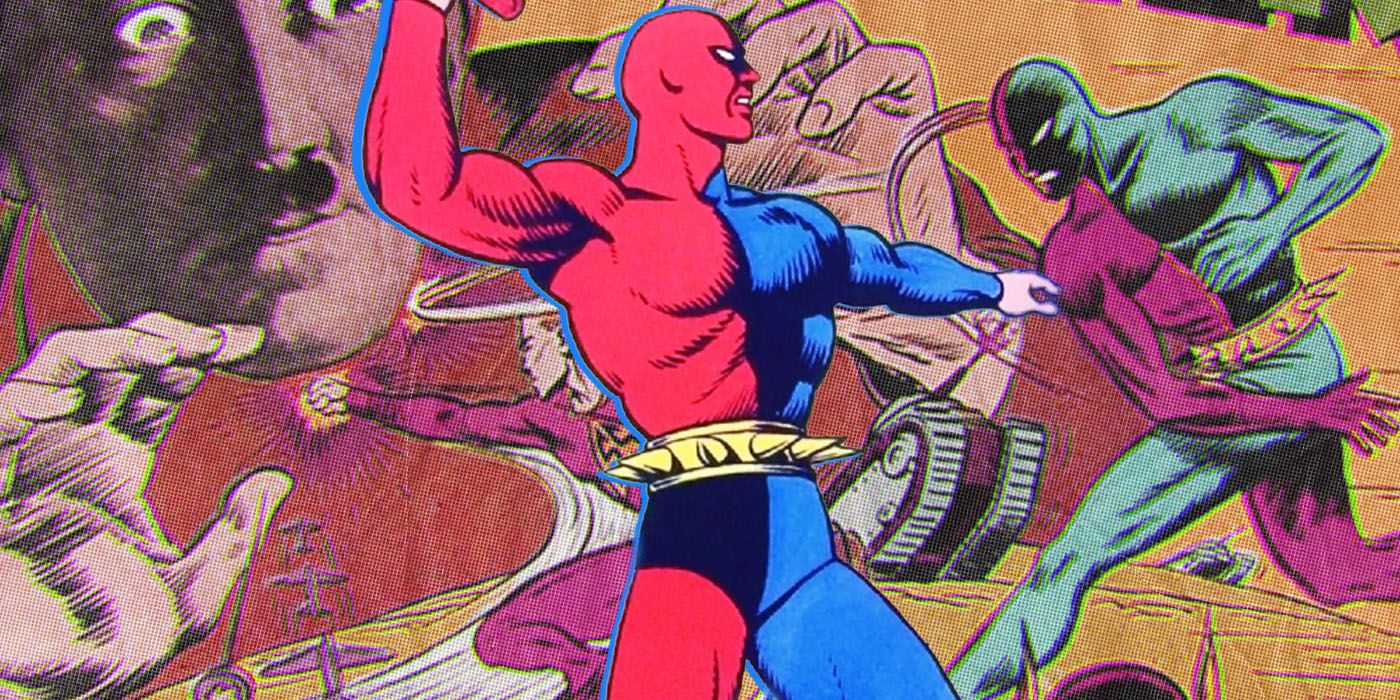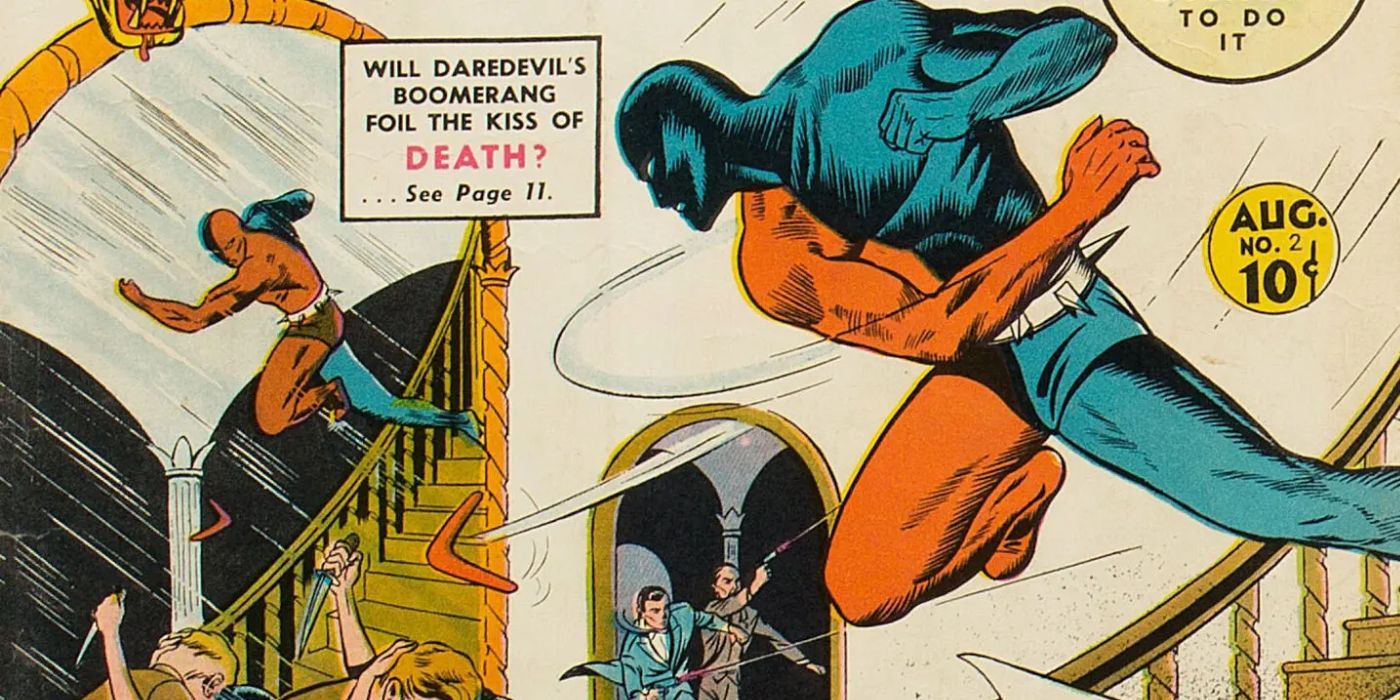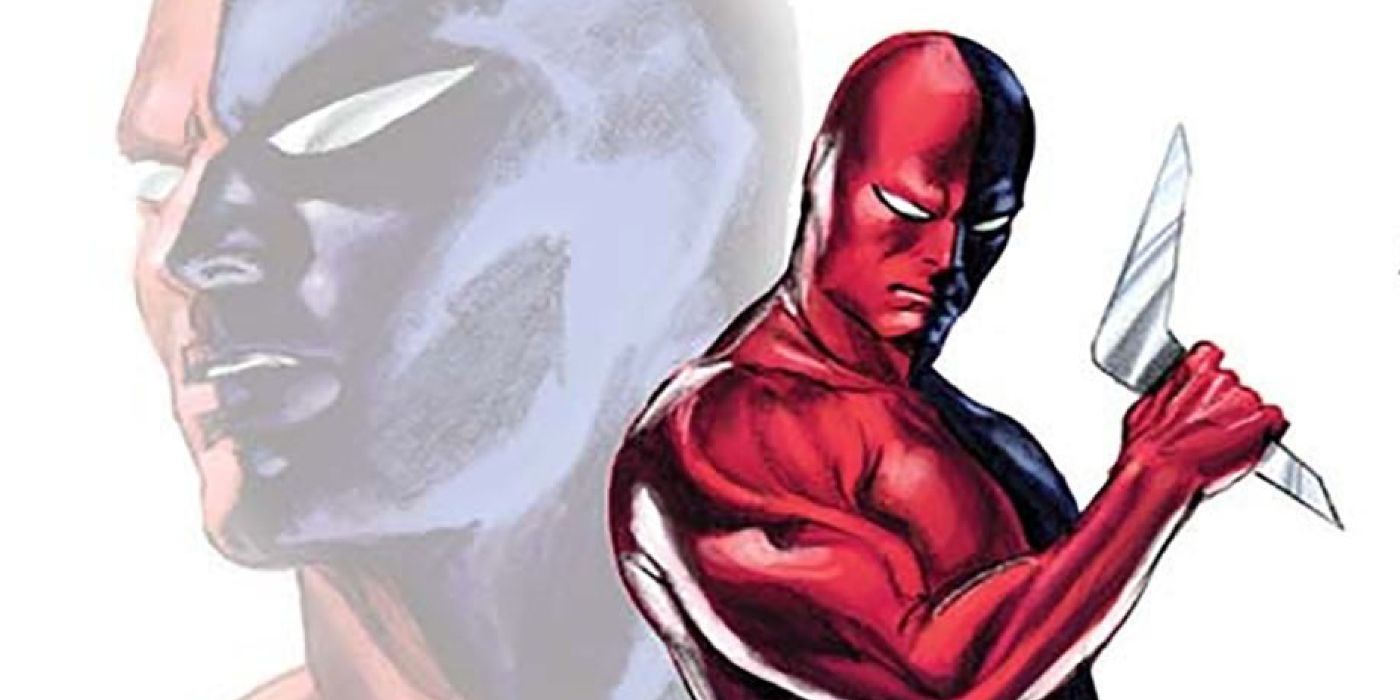Daredevil is the king of the streets in the Marvel Universe, with the Guardian Devil of Hell's Kitchen dealing with organized crime and street-level villainy more than any hero besides Spider-Man. After his iconic comic book runs from creators such as Frank Miller and his acclaimed Netflix series, Matt Murdock is now synonymous with the title "Daredevil." As far as the history of comic books goes, however, he wasn't the first superhero to use this mantle.
Featured in comics from Lev Gleason Publications, the original Daredevil was a completely unrelated character from the Golden Age of Comic Books. Though he was quite different from the hero that Stan Lee and Bill Everett would create years later, there were also a few startling similarities between these two. Here's a look back at the first Daredevil to save the day in comic books.
The Original Daredevil Debuted Before Marvel's Matt Murdock
Silver Streak #6 saw the debut of the Golden Age version of Daredevil, which was created by Jack Binder and Don Rico, and later slightly changed by Jack Cole. This gave him a rather interesting comic book pedigree, as Binder was the brother of Otto Binder, the creator of Fawcett's Captain Marvel/Shazam. Likewise, Jack Cole would later introduce the future DC Comics hero Plastic Man in the pages of Police Comics. Originally named Bart Hill, his initial origin story involved him being rendered mute from the shock of seeing his father murdered. As an adult, he would wear a gaudy costume and use a weaponized boomerang to fight crime and enact justice.
He would soon after be revamped with the slightly changed name of Bill Hart, and his boomerang prowess was the result of his being raised by Australian aborigines. His mute nature was also dropped, with the character quickly becoming incredibly popular among the characters at Lev Gleason Publications. A year after his debut, he even starred in a comic book where he fought none other than Hitler himself, with the German dictator cowering in fear of the boomerang-brandishing hero on the comic's cover. His greatest enemy wasn't Hitler, but an even more evil force in the form of The Claw. This vaguely racist caricature of a villain was pure evil, not to mention boasting an assortment of amorphous abilities.
Later issues of Daredevil would release as the Golden Age began waning, with the popularity of wartime superheroes affected by both the country's newfound peace and the growing controversy of the medium. Romance and comedy stories were quickly replacing those featuring costumed adventurers, and Daredevil was no different. Along the way, Daredevil had attained silly sidekicks in the form of the "Little Wise Guys," who were somewhat similar to Jack Kirby's Newsboy Legion. With superheroes going out of fashion, these Wise Guys would take over the book, with the original Daredevil falling out of use and into the public domain.
The Golden Age Daredevil has Appeared in Several Other Comics
Over a decade after the Bart Hill Daredevil has been forgotten by the comic book medium, Marvel Comics introduced their own, far more iconic and well-known version of the character. However, that didn't stop the original character from appearing again decades later, namely in books published by Image Comics and Dynamite Comics. Image founder Erik Larsen would use the character quite a bit, with the first time being in the Next Issue Project that sought to continue the adventures of long-forgotten Golden Age characters who had become public domain. Larsen would also use the hero in his own Savage Dragon comic book, where Daredevil would become an ally of the eponymous Dragon.
The character's biggest claim to fame was as the revamped Death-Defying 'Devil, a central part of Dynamite Entertainment's Project Superpowers. This book also featured numerous public domain heroes from the Golden Age, uniting them in a narrative and shared superhero universe of their own. His old nemesis The Claw had been reborn as an evil organization, though the 'Devil himself was possibly not quite the hero he once was.
Of course, there were independent comic books, lacking the same push or recognition as Marvel's books. Thus, the original Daredevil hasn't become nearly as well-known as Matt Murdock, whose profile will only rise further with his return to the Marvel Cinematic Universe. There would still be a bit of reverence for the original iteration, however, with an alternate universe Daredevil from Marvel's Earth-1928 wearing a costume resembling Bart Hill's. Given his public domain status, anyone can use the original Daredevil, which means that Marvel Comics itself could publish a comic featuring the Golden Age character going toe to toe with the Man Without Fear.



